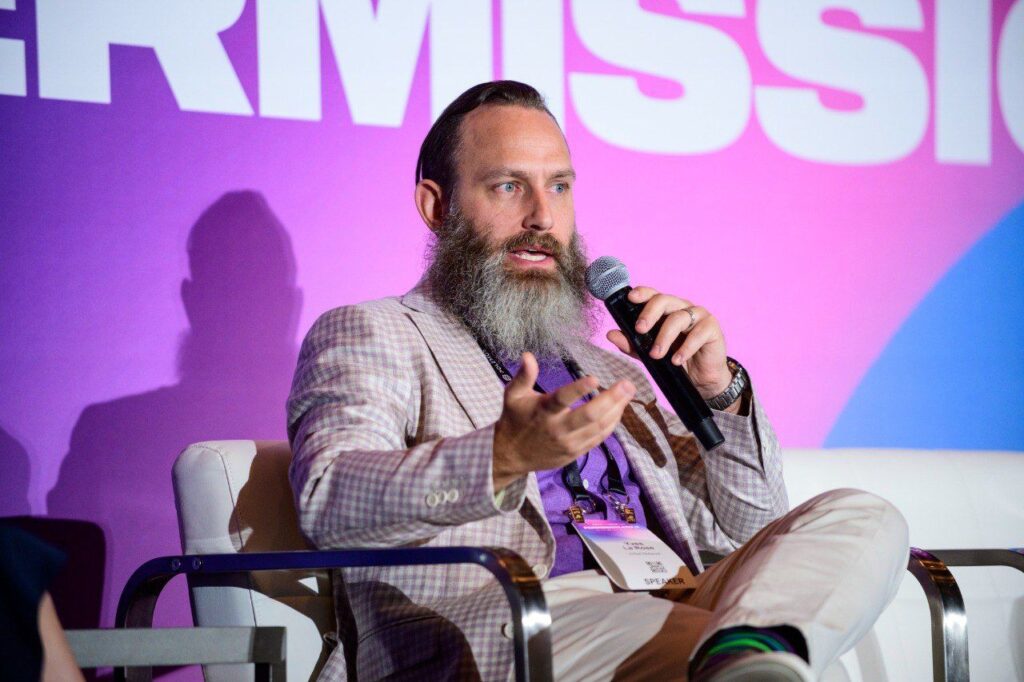Ethereum has experienced remarkable growth over the past four years. Initially capable of processing just 15 transactions per second, it has evolved into a robust network that now handles thousands of transactions, with costs plummeting from $50 per swap to just cents. Layer 2 solutions (L2s) and rollups have played a pivotal role in scaling Ethereum while preserving its decentralized nature. However, this success has given rise to a new challenge: fragmentation.
The Fragmented Ethereum Ecosystem
Today, Ethereum stands as one of the most widely adopted blockchain networks, comprising over 50 Layer 2 solutions, each functioning as its own isolated ecosystem. For end-users, this fragmentation means dealing with multiple networks, bridging assets, and navigating a complex maze of processes just to perform basic transactions.
In parallel with its fragmented technological landscape, Ethereum’s funding landscape has also become convoluted, hindering builders throughout their development journey. As projects grapple with securing sustainable funding, innovation is stalling.
To foster a more cohesive ecosystem, Ethereum must embrace blockchain-based funding mechanisms that align with its community-driven and experimental ethos.
The Shortcomings of Traditional Funding
Traditional funding programs often focus primarily on early-stage projects, overlooking the ongoing needs of builders in the Web3 space. It can be misleading to interpret prevailing crypto market narratives as indicators of a flourishing investment environment. Many projects may not yield financial returns in the short term, leaving builders struggling to navigate their paths toward sustainable growth. Funding mechanisms must therefore support developers throughout the entirety of the product lifecycle.
Innovative Funding Models for Ethereum
Rewarding Impact Over Speculation
One of the most promising blockchain-based funding models is Retroactive Public Goods Funding (RetroPGF). This model reverses the traditional funding approach by rewarding projects based on their demonstrated impact rather than their speculative potential. RetroPGF is particularly suited to Ethereum’s fragmented ecosystem, where public goods like open-source software, developer tools, and interoperability solutions often find it challenging to secure upfront investment.
RetroPGF operates by pooling funds from Decentralized Autonomous Organizations (DAOs) or ecosystem contributors and retroactively distributing them to projects that have shown tangible value. This ensures that essential infrastructure, such as cross-chain bridges and developer frameworks, receives timely support.
This funding mechanism fosters alignment of incentives. Rather than competing for speculative investment, projects can concentrate on delivering genuine value, confident that their contributions will be recognized and rewarded. For a fragmented ecosystem like Ethereum, RetroPGF presents a unified funding approach, directing resources toward the most impactful initiatives.
Harnessing Community Support
Another powerful funding model in the blockchain ecosystem is quadratic funding, which allocates resources based on the breadth of community backing rather than the size of individual contributions. This model levels the playing field for smaller projects and grassroots initiatives that may struggle against well-funded competitors in traditional funding environments.
Quadratic funding operates by matching small donations from numerous supporters with a larger pool of funds. This method reflects the collective intelligence of the community and ensures projects with extensive grassroots support receive the majority of funding.
Additionally, tokenizing the value of public goods projects—such as governance rights or revenue streams—enables founders to attract a wider range of supporters through fractional investing mechanisms. This democratization of access to capital helps reduce reliance on traditional funding sources and fosters a diverse pool of passionate investors.
For instance, developers creating a cross-chain interoperability solution could tokenize governance rights, allowing supporters to make micro-investments in exchange for a stake in the project’s success. This not only provides essential funding but also promotes a sense of ownership and alignment among supporters.
In Ethereum’s fragmented landscape, fractional investing can bridge gaps between chains, incentivizing collaboration and shared ownership. Projects that may otherwise operate in isolation can tap into a unified capital pool, crafting a more interconnected and resilient ecosystem.
Emphasizing On-Chain Ownership
Central to these blockchain-powered funding models is the principle of on-chain ownership. By tokenizing their work and utilizing blockchain’s transparency, creators and builders can forge direct connections with their supporters, eliminating intermediaries and ensuring that value flows back to those who believed in them from the outset.
On-chain transactions enhance visibility and auditability of funding flows, reducing fraud and fostering trust. This transparency is particularly vital in Ethereum’s fragmented ecosystem, where users and developers often navigate complex and opaque funding structures.
Addressing Funding for Cross-Layer Initiatives
A crucial question arises: how can funding be sourced for these cross-Layer 2 initiatives? One potential strategy is to condition funding for Ethereum common goods on achieving Stage 1 or Stage 2 rollup status. Once a rollup reaches that level of decentralization, it relies on a distributed community and governance tools, making funding for common goods essential for their continued advancement.
An alternative solution involves redirecting the Ethereum Foundation’s grant program to focus on addressing these challenges. The Foundation must enhance its support for the cross-Layer 2 experience, recognizing that funding common goods is key to overcoming fragmentation issues.
In conclusion, Ethereum’s fragmentation presents not only a technical challenge but a significant funding challenge as well. By embracing innovative funding models such as RetroPGF, quadratic funding, and fractional investing, the ecosystem can align incentives, amplify community support, and democratize access to capital, ensuring resources are allocated to the projects that need them the most.



